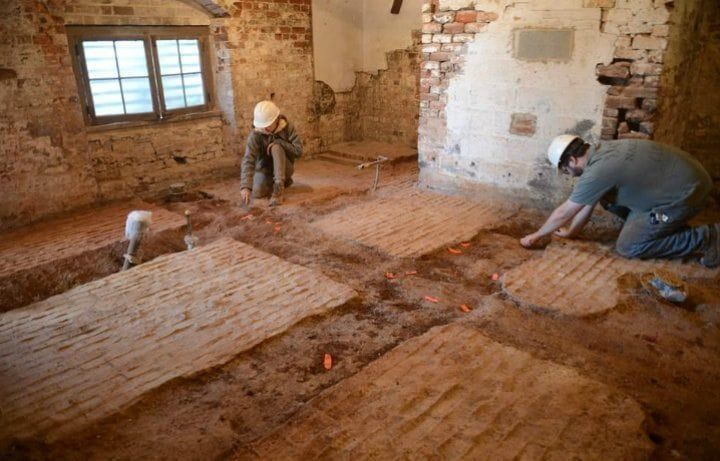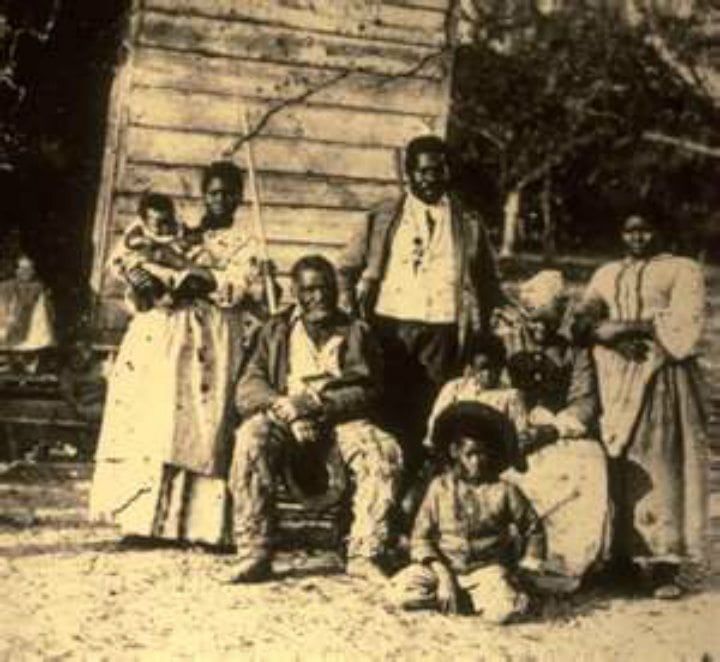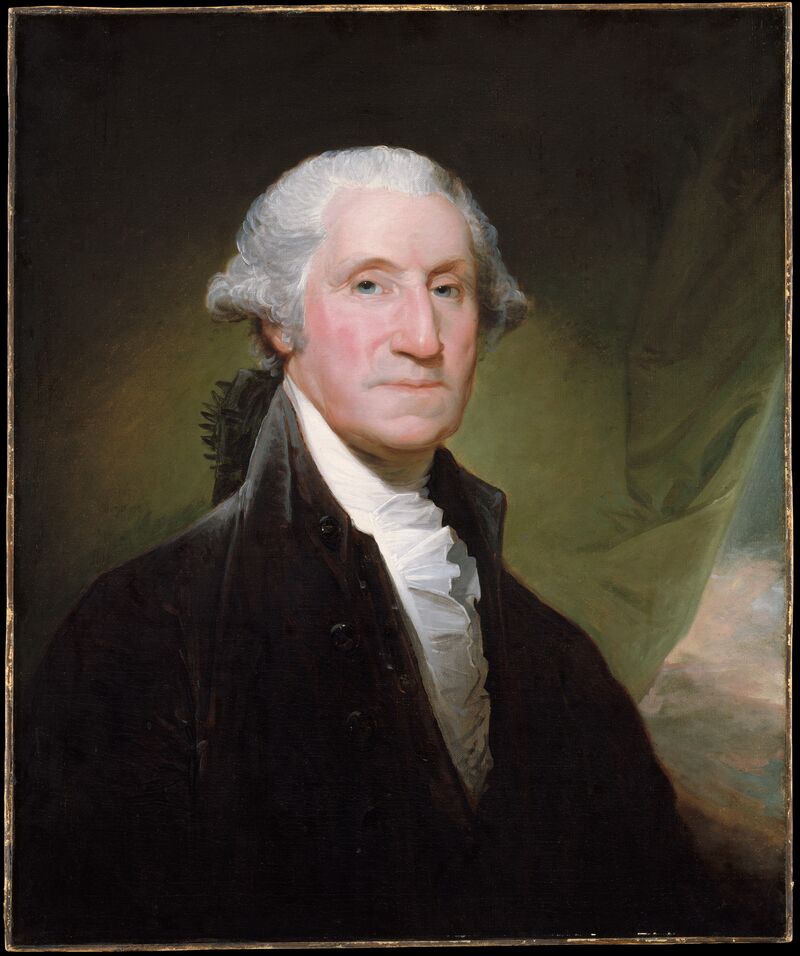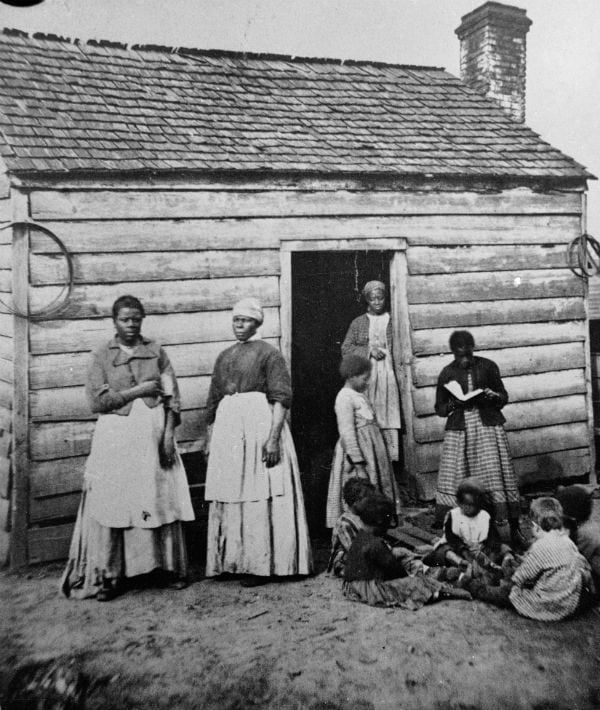A Presidential Property
Thomas Jefferson was the third President of the United States. Before he moved into the White House, he first had a home on the Monticello Plantation located in Virginia. The construction of this Charlottesville plantation began in 1768 and is now considered a national landmark.

A Presidential Property
Little Mountain
The name of this plantation is Italian for ‘Little Mountain’ and the main house of this historical estate appears on the back of the nickel. Even though it was constructed a couple of centuries ago, recent discoveries have been made revealing the estate’s unknown history.

Little Mountain
The Mystery
Thomas Jefferson inherited this land from his father when he was 26 years old. From here, he began constructing an estate amounting to more than 5,000 acres. In those days, it served as a site for tobacco and wheat cultivation.

The Mystery
Sally Hemings
In 2017, it was discovered that one of the most important figures was a slave owner. Sally Hemings was one of these slaves working on the plantation. However, Sally’s life was unusually intertwined with Jefferson’s and she was more than a victim of slavery.

Sally Hemings
Learning More About Her
Many slaves worked on the plantation, but Sally was different, which is why a lot of historians were interested in finding out more about this woman. Experts stumbled on new information about Sally’s life almost 200 years after she died.

Learning More About Her
Her Family
Sally had a child named Madison. However, Jefferson had claimed that Madison’s mother was his wife. Being born into slavery, Sally’s children were automatically the possession of the slave owners. Records showed that Madison belonged to Martha Jefferson after “inheriting” him from a slave trader.

Her Family
After Jefferson’s Death
Although she was born into slavery, Sally wasn’t enslaved her entire life. She got to spend the last nine years of her life freely. There isn’t any visual proof of Sally’s appearance, but Isaac Granger Jefferson was an enslaved blacksmith who gave few descriptions of her appearance stating that she had long straight hair down her back and almost appeared white.

After Jefferson’s Death
A Lovely Lady
Trusted historians believed that Sally served as a chambermaid and seamstress at the estate. Although Jefferson took very detailed notes and records about the births and finances on this estate, he didn’t write about Sally. Yet, it was understood by many that she was a lovely lady.

A Lovely Lady
The Paris Trip
Sally’s life changed forever after she spent two years in Paris. She was only 14 years old when she was tasked with accompanying Thomas Jefferson’s youngest daughter. They traveled to Paris and London because Jefferson was the envoy to France in those days.

The Paris Trip
Going Back
James was Sally’s brother who worked as a chef for the President and also came on the Paris trip. Even though slavery was illegal in France, Sally decided to return to the estate. It’s unclear whether she had a say in the matter or not, but she returned to Monticello.

Going Back
The Important Trip
This trip changed the course of Sally’s life because Jefferson started an intimate relationship with her at this time. He was a widower from his mid-40s while she was only 16 years old. She became pregnant during this period. Once returning to the US, she gave birth to six kids in the years following 1789.

The Important Trip
Many Rumors
Although it was clear they had an intimate relationship, there weren’t any known writings on this. However, the first piece of written evidence was found in 1802. In the ‘Farm Book,’ Jefferson never listed the father of Sally’s children while also freeing them from slavery.

Many Rumors
It’s a Match
The paternity of these children was unresolved for a long time. However, the new developments and advancements allowed experts to uncover the truth. Scientists could prove that Thomas Jefferson was the father of one of her children, which makes it likely that all six were also his.

It’s A Match
Excavations
Partial restoration was performed on Monticello in 2017 where archaeologists launched excavations surrounding the estate. During this time, historians found interesting evidence linked to Sally Hemings. It was the hidden living quarters of Sally Hemings that hadn’t been seen for centuries.

Excavations
Her Hidden Room
The main house on the plantation also had a south wing that went through a couple of renovations. These took place when Jefferson lived on the property and when he didn’t. However, nobody noticed Sally’s hidden room as it was below a modern bathroom installed in 1941.

Her Hidden Room
Launching the Search
Many rumors surrounded Sally’s room, which is why a team of experts launched the search. Underneath this modern bathroom, they found the remains of Sally’s 14-foot living area. They found that this living space was adjacent to Thomas Jefferson’s bedroom.

Launching the Search
What This Meant
Once they put all these new pieces together, they had the proof that showed Jefferson as the father to Sally’s kids. The proximity of his room to her quarters was a massive clue. Adding the positive DNA test, historians were confident that they had children together.

What This Meant
The Live of Slaves
This discovery offered insight into how enslaved people lived in Monticello. Some of Sally’s children were born in her room. Furthermore, her unusual treatment could also have been because Sally was Jefferson’s lover.

The Live Of Slaves
Her Lifestyle
Sally’s room doesn’t only prove that Jefferson fathered the kids of this enslaved woman. It also sheds light on her lifestyle. From her room, it’s said that she had a greater standard of living than other slaves on the estate. However, she remained working as a slave.

Her Lifestyle
Restoration
After its discovery, the Monticello historians started working on restoring Sally’s room. In 2018, they were able to open it to the public while completing it with furniture and artifacts from this period. The goal of this display was to bring more transparency to the estate’s history.

Restoration
First Time
The spokeswoman for Monticello stated that this is the first physical space dedicated to Sally Hemings and her life. This is a significant moment because it’s the piece connecting the entire African American arc at the estate and helped shed light on the type of man Jefferson was.

First Time
Humanizing This Woman
Having this display helped humanize Sally Hemings, whose life had been filled with gossip for far too long. This exhibit helped establish her as a person while also giving her a presence outside of the wonder of her and Jefferson’s relationship.

Humanizing This Woman
The Memory of Sally Hemings
These new findings have altered the way we view Monticello. The focus is now on Sally Hemings. A retired historian stated that she worked on tours at the plantation in 1968 where Sally was never mentioned. However, this has now changed.

The Memory Of Sally Hemings
Mulberry Row
Along with Sally, the spotlight was also placed on other enslaved people. In 2015, a new project was launched at Monticello that showed the stories of slaves on the plantation. One of the commemorative events included inviting hundreds of slave descendants to partake in the tree-planting memorial.

Mulberry Row
Focusing on Her Life
Along with Mulberry Row, curators planned to put more focus on Sally Hemings. Experts at Monticello want to offer a complete account of her life at the estate. They plan to talk about her relationship with Jefferson and other people.

Focusing On Her Life
Her Descendants
Gayle Jessup White is one of the many descendants of Sally Hemings and now works as a Community Engagement Officer at Monticello. She has shared her mixed feelings of being an African-American descendent because Jefferson was a slaveowner. She wants individuals to face the blemish of slavery.

Her Descendants
Mixed Reactions
Gayle’s goal is to face the tragic history of slavery in the US and offer insight into the African-American culture, which is what they are working towards at Monticello. They want underserved communities and communities of color to partner with Monticello, but some are resistant.

Mixed Reactions
Unanswered Questions
Although Sally’s room was a groundbreaking discovery, there are still some unanswered questions. There was a log of the slaves on the plantation. However, not many individual portraits of these enslaved individuals are available. Luckily, descendants have helped reveal more information on this topic.

Unanswered Questions
Sally’s Descendants
One massive source of information about Sally Hemings is her descendants. They have helped create a family tree. Since the father of Sally’s children was Jefferson, they are also linked to the former president’s lineage. From this information, historian Annette Gordon-Reed made an astonishing find.

Sally’s Descendants
Her Children
From Sally’s six children, four of them survived into adulthood. Their names were Beverly, Eston, Harriet, and Madison. All of them spent their lives in the North, except for Madison who wrote a memoir. Eston was the only child to change his surname to Jefferson to acknowledge his father.

Her Children
Eston and Madison Hemings
Eston and Madison experienced great success in their careers and had multiple children. Some of these kids went on to fight for the Union in the Civil War. These children then went on to have kids of their own and so has gone on to the present day.

Eston And Madison Hemings
Collected Anecdotes and Accounts
Monticello historians interviewed more than 200 individuals in 1993 to learn more about the slaves working at the estate. These interviews were a vital part of documenting the oral history of this plantation. The estate also hosted a summit with the University of Virginia to shed light on this history.

Collected Anecdotes And Accounts
Deeper Understanding
With the recent discoveries found on the estate, people are given a more accurate account of Monticello’s history. Many tour guides offer far more candid explanations of the estate showcasing the tough roles these slaves had to work while at the plantation.

Deeper Understanding
Intrigued Individuals
Once they had shared this more accurate information about the enslaved people at Monticello, several questions were asked. Overall, these discoveries have helped spread awareness on one of the most tragic parts of US history and shed more light on what people of color had to endure.

Intrigued Individuals
The Present Day
There’s no doubt that people are going to continue talking about the controversy surrounding Monticello. Nonetheless, the estate plans to accept all the backlash it deserves and wishes to offer more insight into this part of history that has been ignored for far too long.

The Present Day
Not the Only Slave Owner
It’s valid to point out how ironic and hypocritical it was for former President Thomas Jefferson to declare that ‘All Men Were Created Equal’ when he was a slave trader. However, he wasn’t the only president to partake in slave trading.

Not The Only Slave Owner
George Washington
Along with Thomas Jefferson, George Washington was a slave owner. However, one thing that sets him apart from other presidents is that he was the only one to set all of his slaves free. His wife, Martha, freed more than 100 slaves after Washington passed away.

George Washington
Not Owning Slaves
The first president to live in the White House was John Adams who had ‘moderate views’ on slavery. Hence, he didn’t own his own slaves, but slave labor was used when constructing the presidential residence. His son, former President John Quincy Adams, also didn’t have slaves.

Not Owning Slaves
Who Else?
Thomas Jefferson wasn’t the only president to have slaves. The others include James Monroe, James Madison, and Andrew Jackson. Martin Van Buren was the eighth president of the US and only had one single slave. After this, he joined the opposition to slavery.

Who Else?
Not Taught in School
We hope you’ve learned something more about Thomas Jefferson that you certainly weren’t taught in school. Although the former president said that slavery was an assemblage of horrors, he was a slave owner. The history of Sally Hemings has helped shed light on this history and bring awareness.

Not Taught In School


